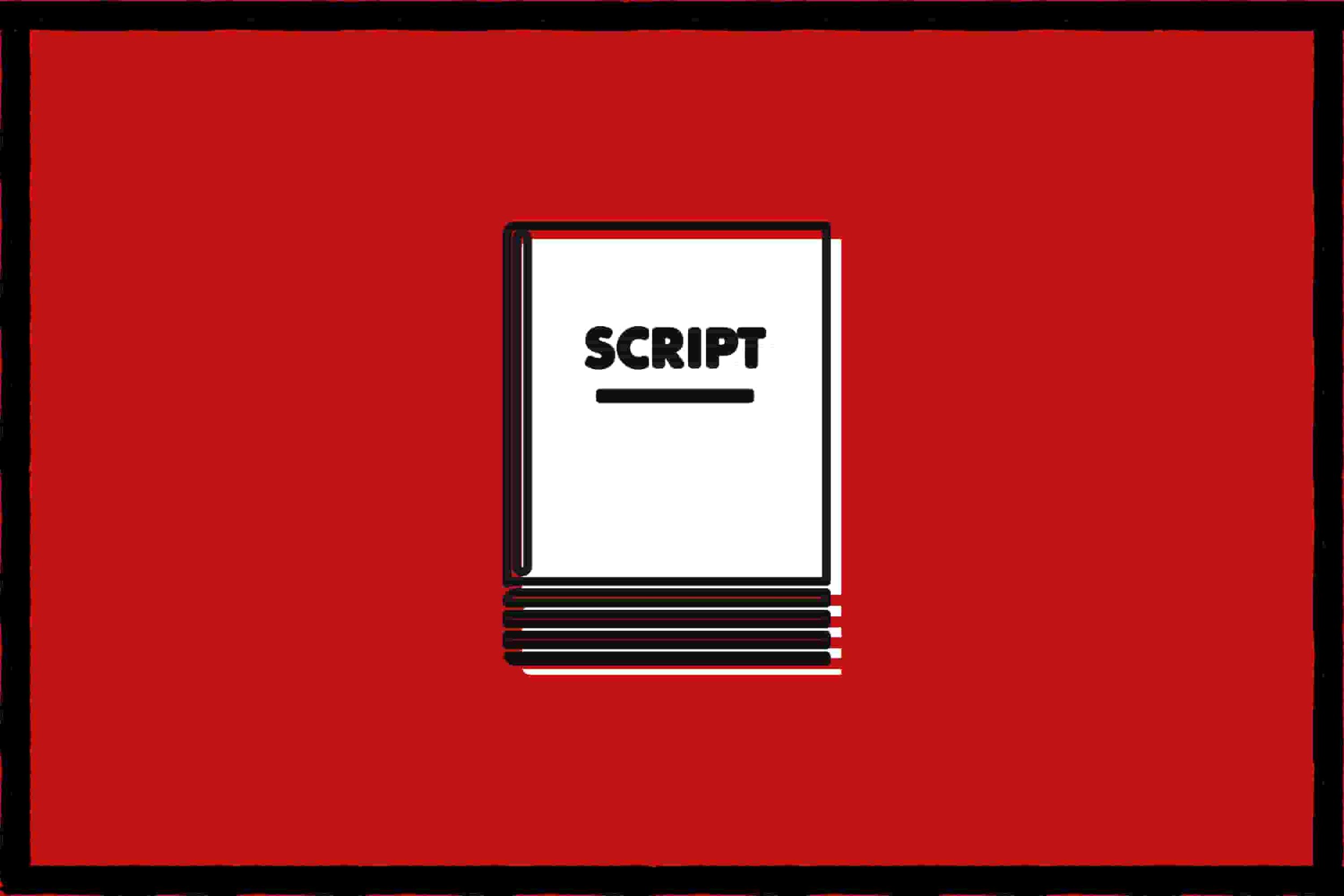To Increase Creativity, Add Constraints
Some people think that creative constraints reduce their creativity. They want to be “free spirits” and go wherever their instincts take them. Often, those instincts will take them everywhere but the finish line.
The opposite is true: constraints make you more creative, not less. So if you’re wondering how to get through a creative project, don’t bust things wide open. Add constraints instead.
Constraints Make You More Creative, Not Less.
Constraints boost creativity by forcing you to work within a structure that cuts down the number of decisions you have to make. Eric Jorgensen (author of Navalmanack) writes on his blog:
“A friend and artist was starting with a new medium -- ceramics. To learn this new medium, he gave himself a firm constraint: ‘Make 100 cups.’ As long as it could hold water and be drunk from, it was a cup. This constraint gave him the focus, a goal, and forced creativity in form.”
The constraint of a “cup” immediately gives the artist a starting point. They know it must hold water and be drunk from. But from there, the artist has total creative freedom to play with color, style, shape, and size. By eliminating one big decision, you boost creativity in all other areas of the project.
As visual designer and entrepreneur, Jack Butcher, writes on Twitter:
“The tighter the constraint, the more creative the solution.”
Let’s look at some examples of constraints in creative writing.
Example Of Creative Constraints: Writing A Movie Script
I quit my job last year to write a movie with my wife. Neither of us had done it before, but we had a solid sense of what a screenplay was (its form) and what it had to do (impact the reader emotionally).
Here are some of the creative writing constraints that helped us write and finish our movie.
Creative Constraints At The Form Level
A feature film script has a specific form. It’s not like a novel, where anything goes. You are not even meant to read a screenplay - you're meant to watch it on a screen. Because of that, you can only write what the reader (and the audience) will see and hear. Nothing more.
For example, you can’t write what a room smells like if someone in your screenplay doesn’t comment on the smell. The reader will be able to pick up on that detail, but how is the audience sitting in a movie theater or their home going to know what the room smells like?
The same goes for what characters think. You can’t write what a character is thinking in a description because the audience watching on screen can’t look at their face and know they’re reminiscing about the girl or boy that got away. You have to use action and dialogue to imply what the character is thinking - an exercise that boosts creativity within the form.
Creative Constraints At The Genre Level
My wife and I also had to choose what kind of movie we wanted to write. A horror film? A drama? A slapstick comedy? Every genre comes with its audience expectations. You can’t write a comedy that isn’t funny, just as you can’t write a horror movie that isn’t scary.
The idea that had gotten us so much industry traction was a romantic comedy, so that choice was the easiest.
Choosing a romantic comedy immediately adds constraints by adding common elements and tropes that must appear in the film. You have the “meet-cute,” where the two lovers meet. You have the big “complication” - the problem that keeps them apart. There’s usually a party scene, a make-over scene, and a first kiss.
We knew that all of these scenes / sequences had to be in the film. And they had to appear in a particular order. You can’t have the first kiss at the beginning of the movie, and the meet-cute at the end.
All of these constraints helped us improvise within form. When you know what needs to happen, you’re free to get creative about how it happens.
Constraints Help You Finish The Project.
Constraints not only boost creativity, but they also help you know when you’re finished. Jorgenson’s friend above who was working with ceramics knew when they had built a cup: it could hold water and it could be drunk from. If it could do both those things, the cup was finished.
It was the same for our movie. A screenplay is 110 pages with specific margins and format. When my wife and I started writing, we had exact guidelines to know when we were “done.” We needed between 90 and 110 pages in screenplay format. That was the finish line.
Constraints Help You Build Your Brand.
My wife and I didn’t just write a movie. We wrote a romantic comedy in a specific tone and style we discovered as we wrote. When we sent it out into the world, that became our brand: funny with heart.
Our next project - a T.V. pilot that tells one of the greatest unknown immigrant stories ever will be the same: funny with heart.
Constraints help you build a brand. Here’s Jack Butcher explaining this:
“Consistency builds equity. Deciding on recognizable constraints works on two levels: Every time you create, you have fewer decisions to make. Every time you publish, you build more equity.”
Every time my wife and I send a script out, we are building equity - not only in the form of a product we can sell (the actual screenplay) but also by defining the style and tone readers can come to expect from us. Our constraints create our brand.
So the next time you’re stuck on a project, add constraints. It may seem like you’re limiting your options, but you’re actually opening them up.
Thanks for reading, and keep going.




